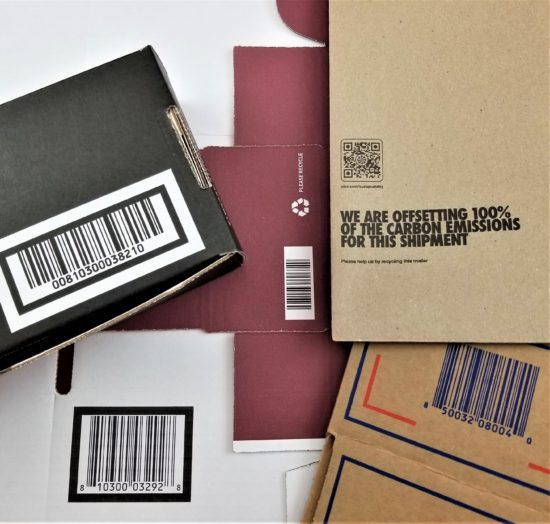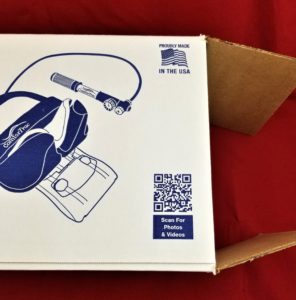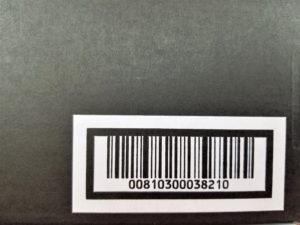If you weren’t familiar with QR codes previously, you likely are now. One of the many noticeable changes the Covid-19 pandemic brought about was a transition from classic paper menus in the majority of restaurants and bars, in favor of contactless QR codes linking to a menu on a website from your smartphone. This is more than just a trend or temporary adjustment for these businesses, but rather a glimpse into the future of consumer advertising.
Magazines, business cards, buses and benches all are usable real-estate for QR codes, including storefront signs and billboards in the physical retail space. But in the ecommerce and DTC space, companies are utilizing one of their greatest marketing assets—their packaging—to get QR codes and the wealth of information contained, directly into the hands of their customers. There are of course, however, several things to consider when it comes to direct printing QR codes and barcodes on packaging.
We’ve dedicated many blog posts to the subject of flexographic printing (inks, substrates, etc.) and the importance of keeping your artwork “flexo-friendly.” The first blog post link below speaks to this subject. There are several things to keep in mind when it comes to flexo printing a barcode or QR code on a die cut mailer box, or RSC.
- Print dark colors on light surfaces (contrast) for best results (black ink is always a good idea)
- For a barcode, typically 1’’ x 1’’ sizes or larger to ensure it will scan
- QR Codes are more forgiving, 2cm x 2cm or larger is ideal
- Window the code as needed for flood coats or reverse prints (see image below)
Keep in mind that we have printed many barcodes and QR codes successfully. Our plate maker is usually able to test scan the codes when you submit your artwork prior to making print plates. We will always ask for your artwork as a vector file, with fonts and images, including the code, saved as outlines to make the transition from your artwork to a completed proof as smoothly as possible. Aside from the standard PDF proof that you receive prior to production, a full-size physical proof may also be necessary in some cases, especially if the code is small.
Paper Mailer Envelopes
For paper mailer envelopes, unfortunately, the lack of a consistent print surface combined with the ink variability means a scannable code is trickier to accomplish. A best practice is to keep the QR code at least 1.5’’. The larger the code and greater the contrast of color between ink and surface, the better the results will be.
Since the minimum for printing on paper mailers is low (1 case) you can always consider doing a test run prior to a bulk order if you have concerns about scanning. Many companies will also print their designs and then add a barcode or QR code as a separate component, such as a label or sticker. Depending on how often your code may change over time, this could be a wise decision to avoid the cost of updating your print plates on subsequent reorders.
Please Contact Us Today
Want to know more about printing QR Codes and barcodes? As always, if you have any questions on any of our products or services, one of our branded packaging advisors is standing by to assist, with decades of experience behind them. Want to know more about custom packaging options? Please call us at 630-551-1700 or contact us via email at www.SalazarPackaging.com.
Related Posts:
https://www.salazarpackaging.com/e-commerce-custom-box-printing-and-production-faq/




